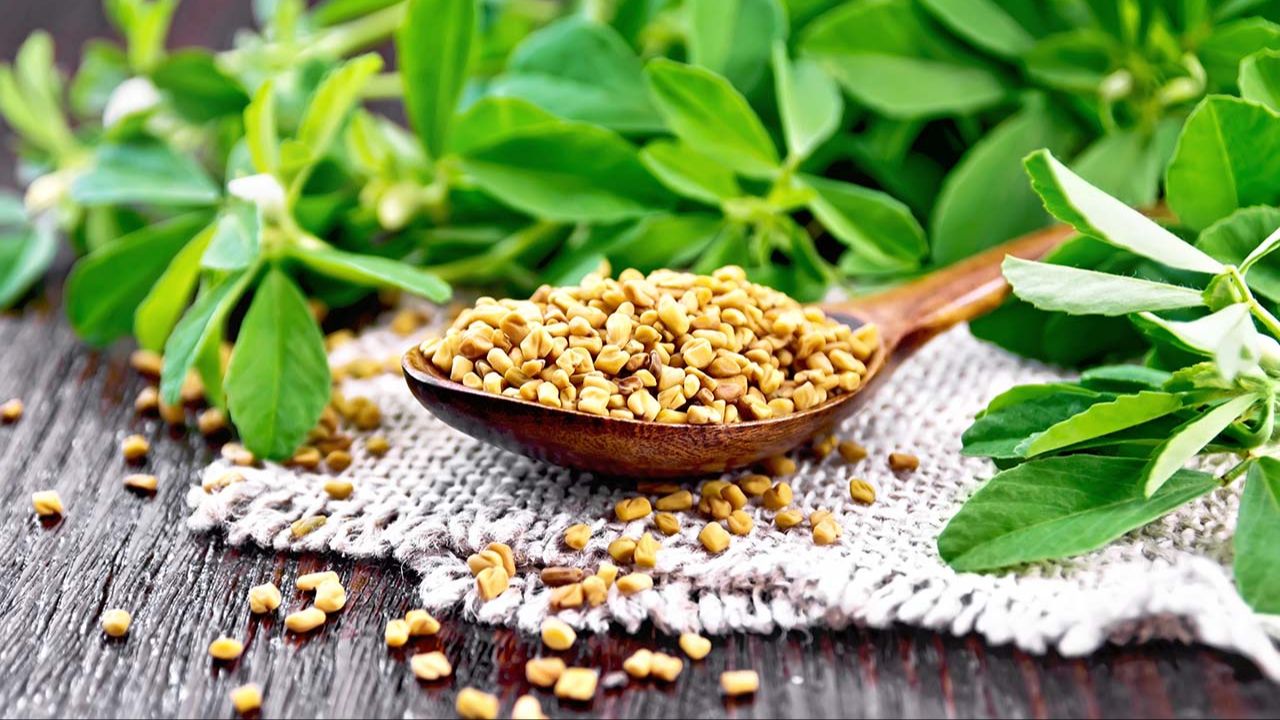The Wonder of Foenegriek: A Herb with Timeless Value
When people talk about powerful herbs that have stood the test of time, foenegriek almost always makes the list. Known more commonly as fenugreek, this humble plant has been cherished for thousands of years across cultures. From kitchens in the Mediterranean to ancient healing practices in Asia, foenegriek carries both flavor and function. Today, it is experiencing a revival as more people turn toward natural remedies and wholesome living. But what makes foenegriek so special, and why has it remained relevant through the centuries? Let’s take a deep dive into the world of this fascinating herb.
What is Foenegriek?
Foenegriek is a leguminous plant, meaning it belongs to the same family as beans and peas. It grows low to the ground, with green leaves and small yellowish-white flowers that eventually produce seeds. These seeds, triangular in shape, are where much of the magic lies. They have a strong, earthy, slightly bitter taste with a hint of sweetness, often compared to maple syrup. Both the leaves and seeds of foenegriek are used in cooking, medicine, and wellness routines, making it one of the most versatile herbs around.
A Journey Through History
The use of foenegriek dates back thousands of years. The ancient Egyptians were known to use it not only in cooking but also in their burial rituals, as they believed it offered spiritual protection. In Greece and Rome, foenegriek was given to animals as feed, while in India, it became an essential part of Ayurvedic medicine. Throughout history, its seeds were treasured for their ability to aid digestion, enhance beauty, and even support new mothers with milk production. Clearly, foenegriek has always been much more than just another herb on the spice rack.
The Culinary Star
When it comes to flavor, foenegriek brings something unique to the table. In Indian cooking, it’s a cornerstone ingredient in curry powders and spice blends, adding depth and warmth to dishes. The seeds are often toasted to reduce bitterness and release a nutty aroma. In Middle Eastern and North African cuisines, foenegriek is used to flavor breads, teas, and even syrups. Some European traditions also use foenegriek leaves in salads or as an herb to season stews.
Interestingly, foenegriek seeds can be sprouted and eaten fresh, giving a peppery crunch to salads. The leaves, both fresh and dried, are mild compared to the seeds, and often used to balance rich or spicy dishes. No matter how it’s used, foenegriek finds its way into meals that connect people to cultural traditions and flavors passed down for generations.
A Nutritional Powerhouse
What makes foenegriek even more remarkable is its nutrient profile. The seeds are packed with protein, fiber, iron, magnesium, and manganese. For vegetarians and vegans, foenegriek offers a plant-based source of important nutrients that support overall health. The fiber content aids digestion and helps regulate blood sugar, while the iron contributes to healthy red blood cells. Beyond that, foenegriek also contains compounds with antioxidant properties, giving it a role in fighting free radicals and supporting the body’s defenses.
Foenegriek in Traditional Medicine
Across Asia and the Mediterranean, foenegriek has long been seen as a healing herb. In Ayurveda, it is known for balancing digestion, boosting metabolism, and supporting women’s health. Traditional Chinese medicine also values foenegriek for its warming qualities, often using it to ease discomfort from cold or weakness. These practices, while ancient, highlight the intuitive understanding people had about the benefits of foenegriek even before modern science could explain why it worked.
Modern Health Benefits Backed by Science
Today, foenegriek continues to attract attention for its potential health benefits. Scientific research suggests that foenegriek may help manage blood sugar levels, making it useful for people with type 2 diabetes. The soluble fiber in the seeds slows digestion and absorption of carbohydrates, leading to steadier blood sugar control.
Another well-studied benefit is foenegriek’s ability to support lactation. Nursing mothers often take foenegriek supplements to help increase milk supply, and many report positive results. Athletes and fitness enthusiasts are also exploring foenegriek for its possible role in boosting endurance and supporting testosterone levels, though more research is needed in this area.
Foenegriek has also been linked to improved heart health. By helping regulate cholesterol and supporting healthy blood pressure, it may contribute to long-term cardiovascular wellness. Add to this its digestive benefits—reducing bloating, easing constipation, and soothing heartburn—and it becomes clear that foenegriek deserves a spot in the natural health toolkit.
Foenegriek in Beauty and Skincare
Beyond food and medicine, foenegriek has found a place in beauty routines. Traditionally, women in many cultures used foenegriek pastes on their skin to promote a healthy glow and reduce inflammation. Its seeds, when ground and mixed with natural oils, can create nourishing hair masks believed to strengthen roots and reduce dandruff. The presence of antioxidants and vitamins makes foenegriek a natural ally in the pursuit of radiant skin and strong, shiny hair.
Growing and Using Foenegriek at Home
One of the great things about foenegriek is that it’s easy to grow. The seeds germinate quickly, making it a favorite for home gardeners who want a fresh supply of herbs. You can grow it in a small pot or a backyard garden, harvesting both leaves and seeds for different uses.
At home, foenegriek can be used in a variety of ways. Add the seeds to soups and stews, toss the leaves into a salad, or brew the seeds into a soothing tea. Many people soak the seeds overnight and drink the water in the morning as a wellness tonic. Others use powdered foenegriek in smoothies or health drinks. The possibilities are endless, and experimenting with it can open up new flavors and benefits.
Precautions and Considerations
While foenegriek is generally safe for most people, it’s important to use it in moderation. The seeds are quite potent, and consuming them in very high amounts may cause digestive discomfort. Pregnant women should consult a doctor before using foenegriek supplements, as the herb has strong effects that may not be suitable during pregnancy. People on medication for diabetes or blood pressure should also talk to a healthcare provider, since foenegriek can interact with these treatments.
Why Foenegriek Still Matters Today
In a world full of fast food and synthetic supplements, foenegriek stands out as a reminder of nature’s wisdom. It shows us that health, flavor, and tradition can coexist in a single herb. For those who appreciate natural remedies, foenegriek offers a gentle yet effective way to support wellbeing. For food lovers, it brings richness and authenticity to meals. And for history enthusiasts, it’s a living link to ancient practices and cultural heritage.
Conclusion
Foenegriek is more than just an herb—it’s a bridge between past and present, food and medicine, tradition and modern science. Its versatility makes it an important part of kitchens, gardens, and wellness routines around the world. Whether you sprinkle the seeds into a curry, brew them into a tea, or use them to boost your health, foenegriek proves that sometimes the simplest plants hold the greatest power.
As interest in natural living continues to grow, foenegriek is bound to remain in the spotlight, inspiring people to rediscover its benefits. With every meal, remedy, or beauty treatment it touches, foenegriek reminds us of the timeless bond between humans and the natural world.






